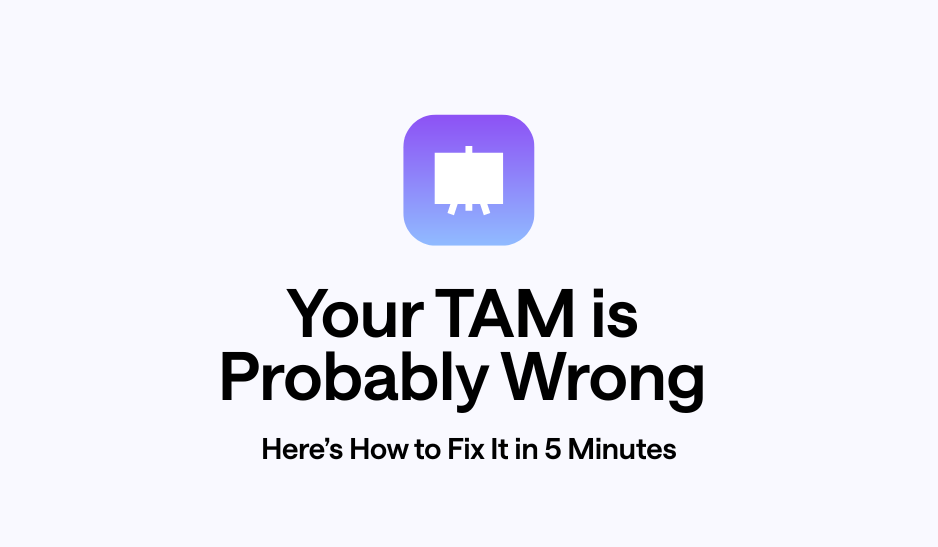Why Most Startup GTM Strategies Fail (And What to Do Instead)
Every founder knows the rush of getting a new business off the ground. You’ve built something people might want, and now it’s time to reach them. But when it comes to go-to-market (GTM) strategy, that momentum often stalls.
If your marketing efforts feel scattered, like you're trying everything but nothing seems to work, you're not alone. The problem usually isn't your product. It's the approach. And most early-stage GTM strategies have the same flaw: they're based on guesswork.
The Common (but Flawed) Approach
Most startups jump into GTM with energy but little structure. The process usually looks like this: pick a few social platforms, launch some ads, write general messaging that tries to appeal to everyone, and wait to see what happens.
This approach is usually based on instinct or feedback from a small sample of users. Founders often look to competitors or copy what worked for another startup, assuming it will work for them too. A few surface-level metrics guide decisions, but there's no clear insight into who the customer really is.
It feels like progress, but it's mostly noise.
Why That Approach Fails
The biggest issue is building your strategy on assumptions. That leads to decisions that drain resources and fail to deliver results.
-
Budget gets wasted. Broad campaigns cost more and convert less.
-
Valuable segments get overlooked. Without real data, niche audiences with high potential go undiscovered.
-
Time is lost. Teams can spend months refining a strategy that was never aimed at the right people in the first place.
For startups with limited time and money, these mistakes can stall growth or kill momentum completely.
A More Effective, Data-Driven Method
A better approach starts with clarity. Instead of casting a wide net, use data to focus your efforts where they matter most.
Here’s what that looks like in practice:
1. Get Specific About Your Audience
Build detailed customer personas using public data. Go beyond age and income. Look at household types, education levels, behavioral patterns, and more. These insights help you define exactly who you're trying to reach.
2. Tailor Your Messaging
When you know who you're speaking to, you can create messaging that connects. Avoid generic slogans. Focus on language and value propositions that reflect your audience’s specific needs and priorities.
3. Analyze the Competition
Take a close look at what others in your space are doing. Identify gaps in their approach. This helps you find ways to stand out without having to outspend them.
4. Run Focused Campaigns
Use what you know about your audience to choose the right channels, design the right offers, and time your outreach. Measure what matters and adjust based on what works.
This isn’t about working harder. It’s about working with direction. The more grounded your strategy is in real data, the less you have to rely on trial and error.
Final Thoughts
An effective GTM strategy isn’t about trying everything and hoping something works. It’s about knowing who your customer is, where they are, and what matters to them. That kind of clarity only comes from data, not assumptions.
If you want to avoid the common traps that slow down so many startups, start by building your plan on facts you can verify. It’s not just about being more efficient. It’s about giving your business the best possible chance to grow with purpose.
Want to take the first step? Start now for free with Cambium AI.


